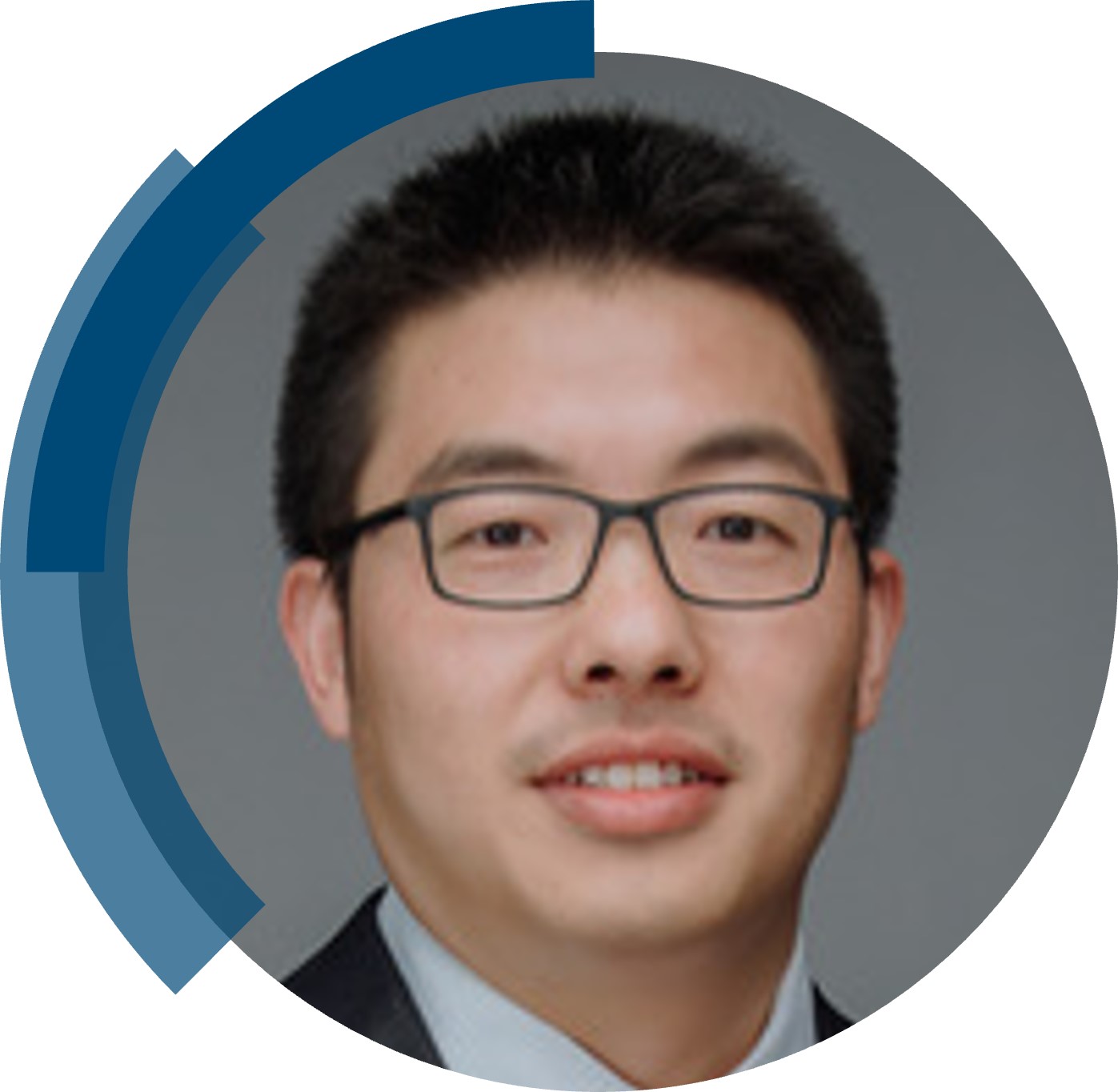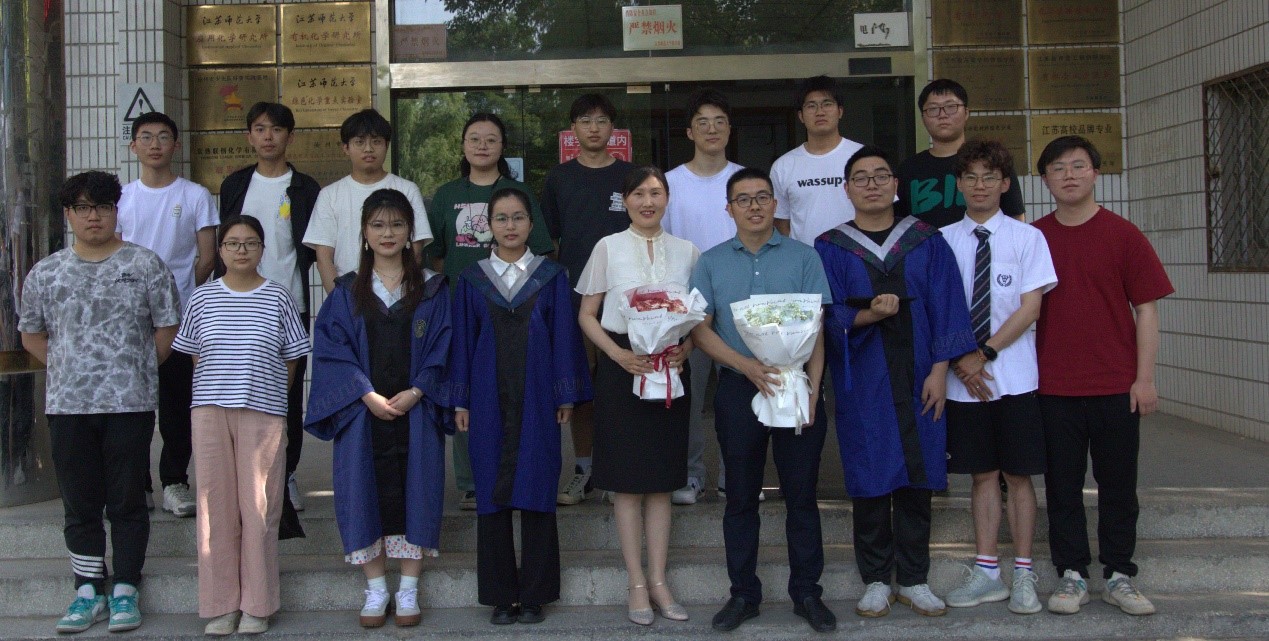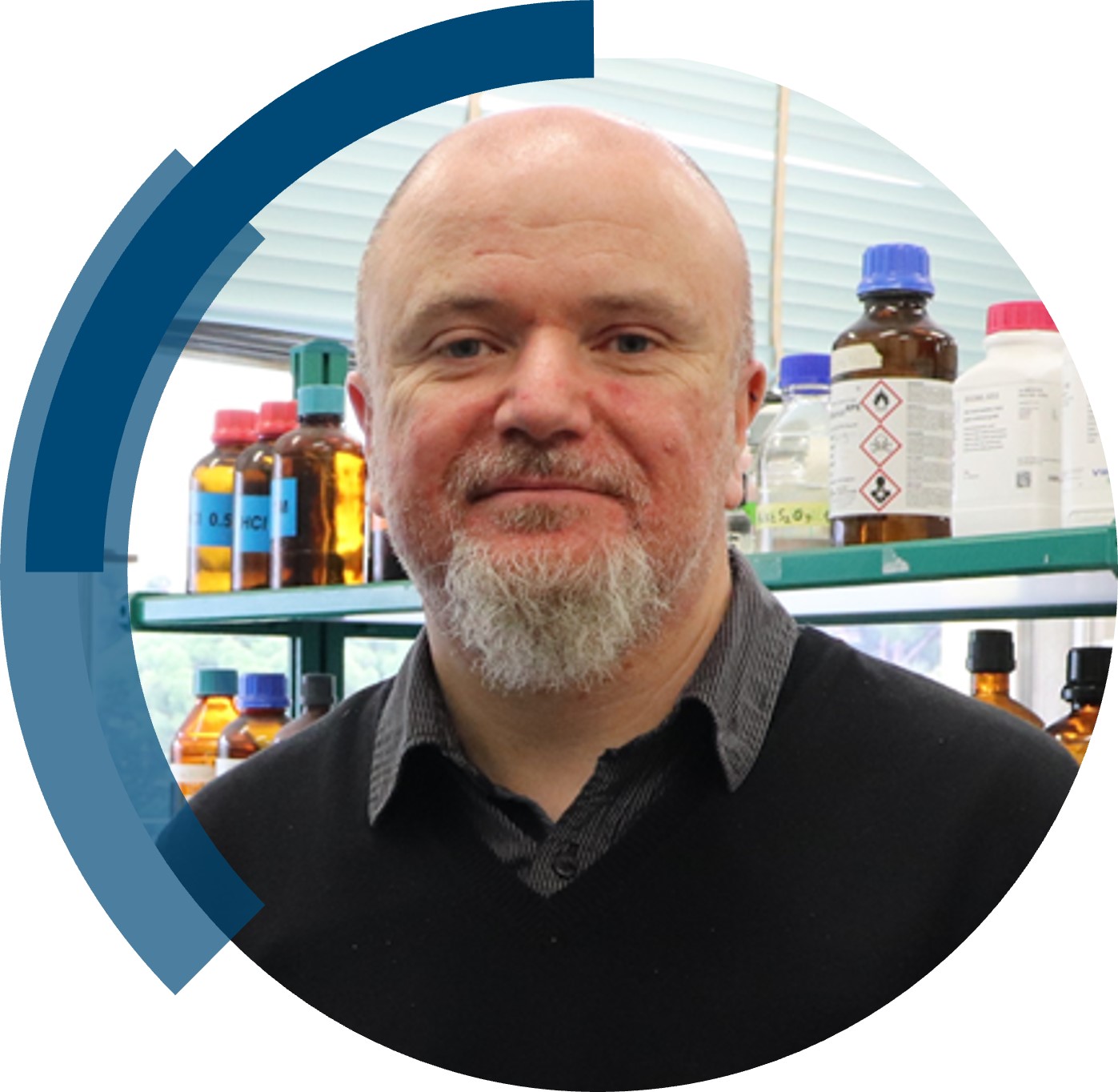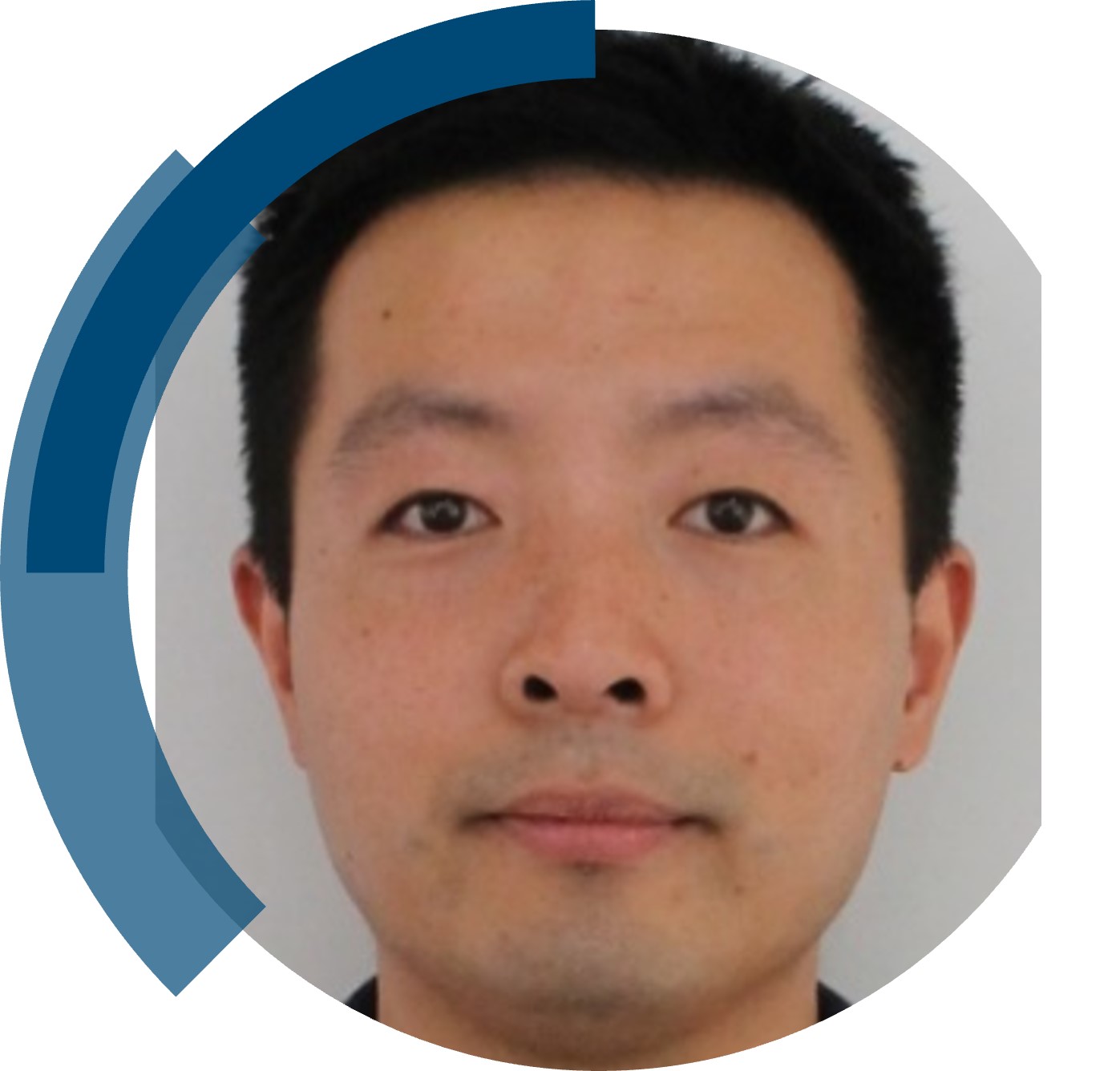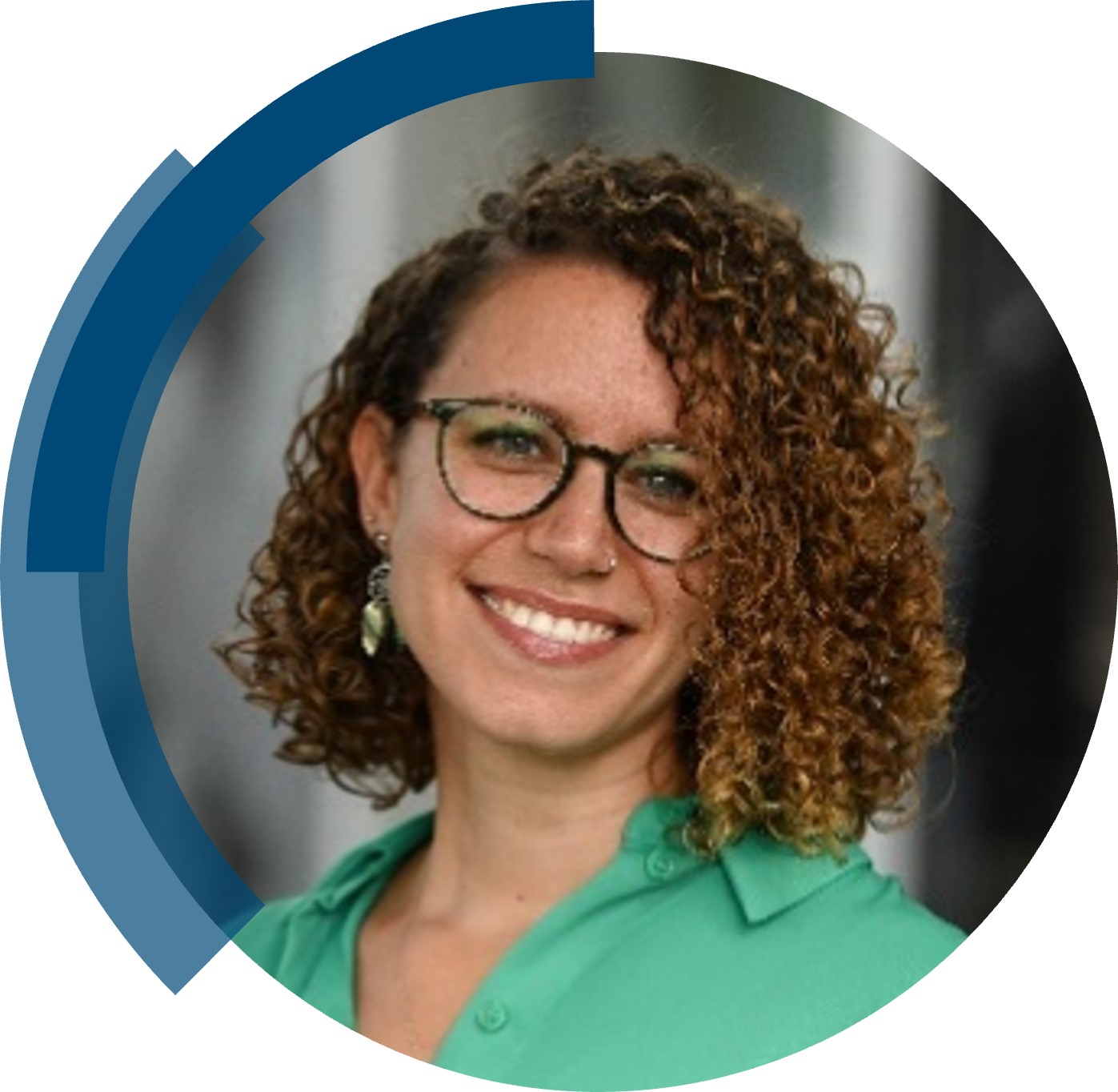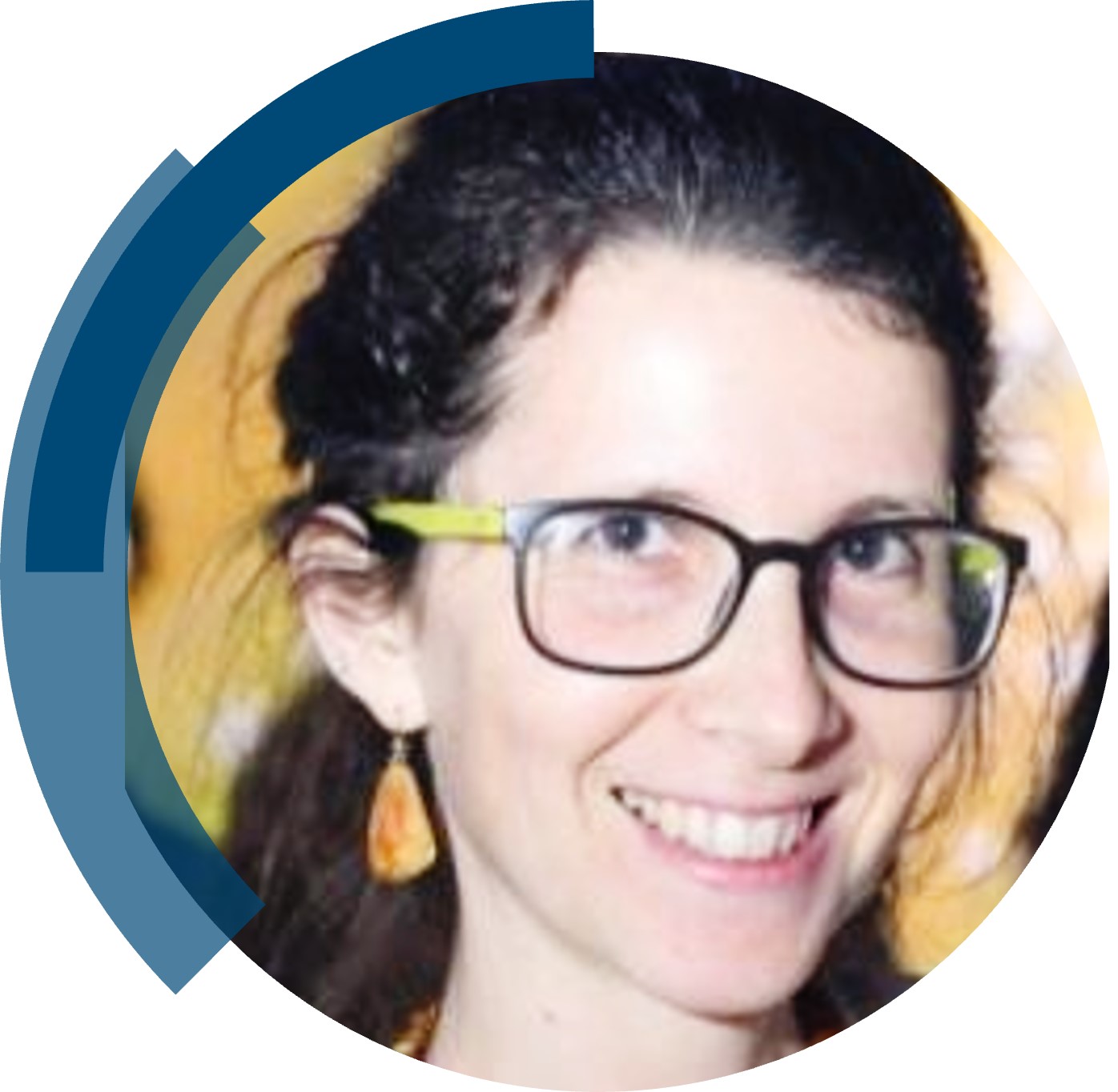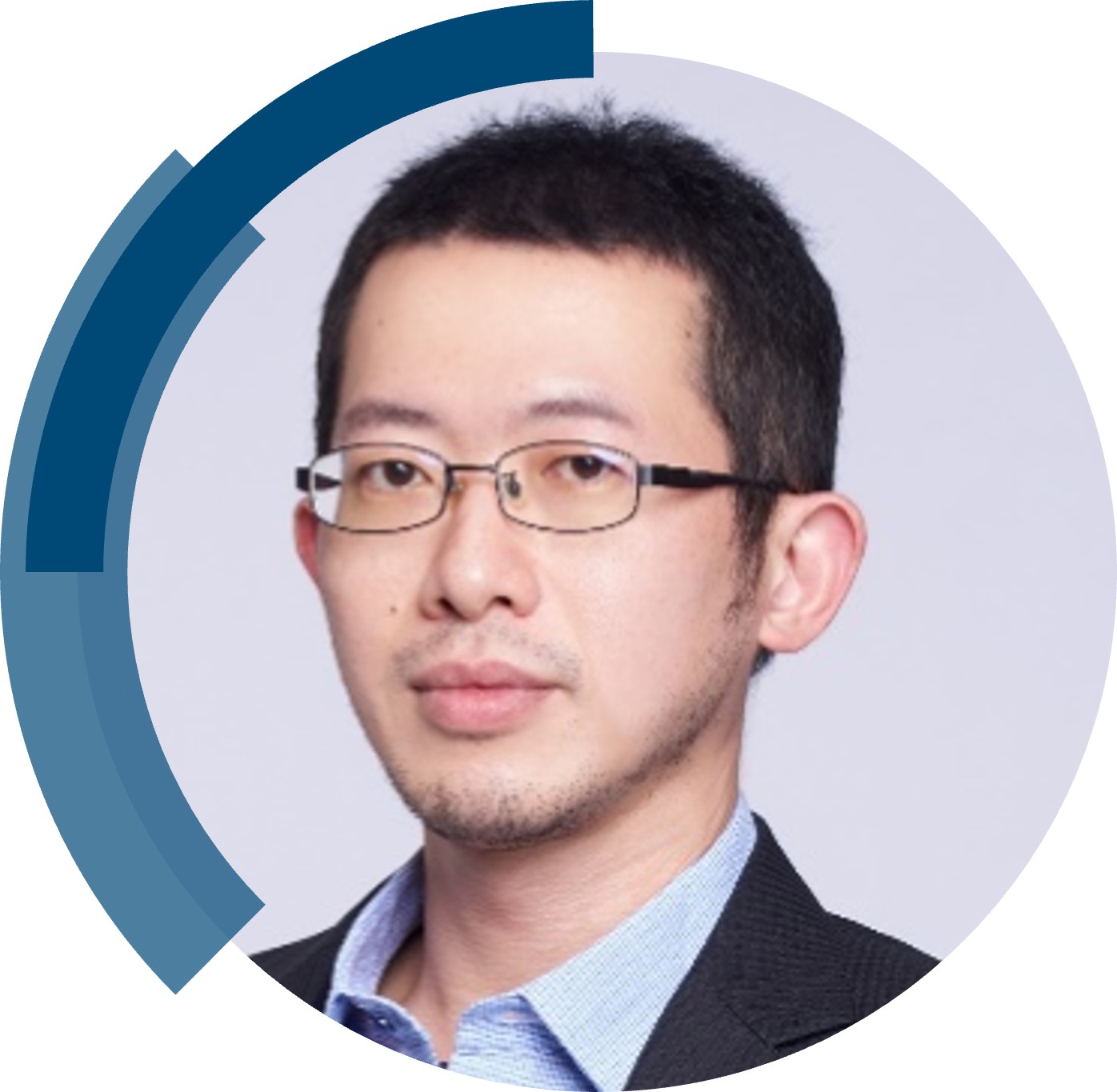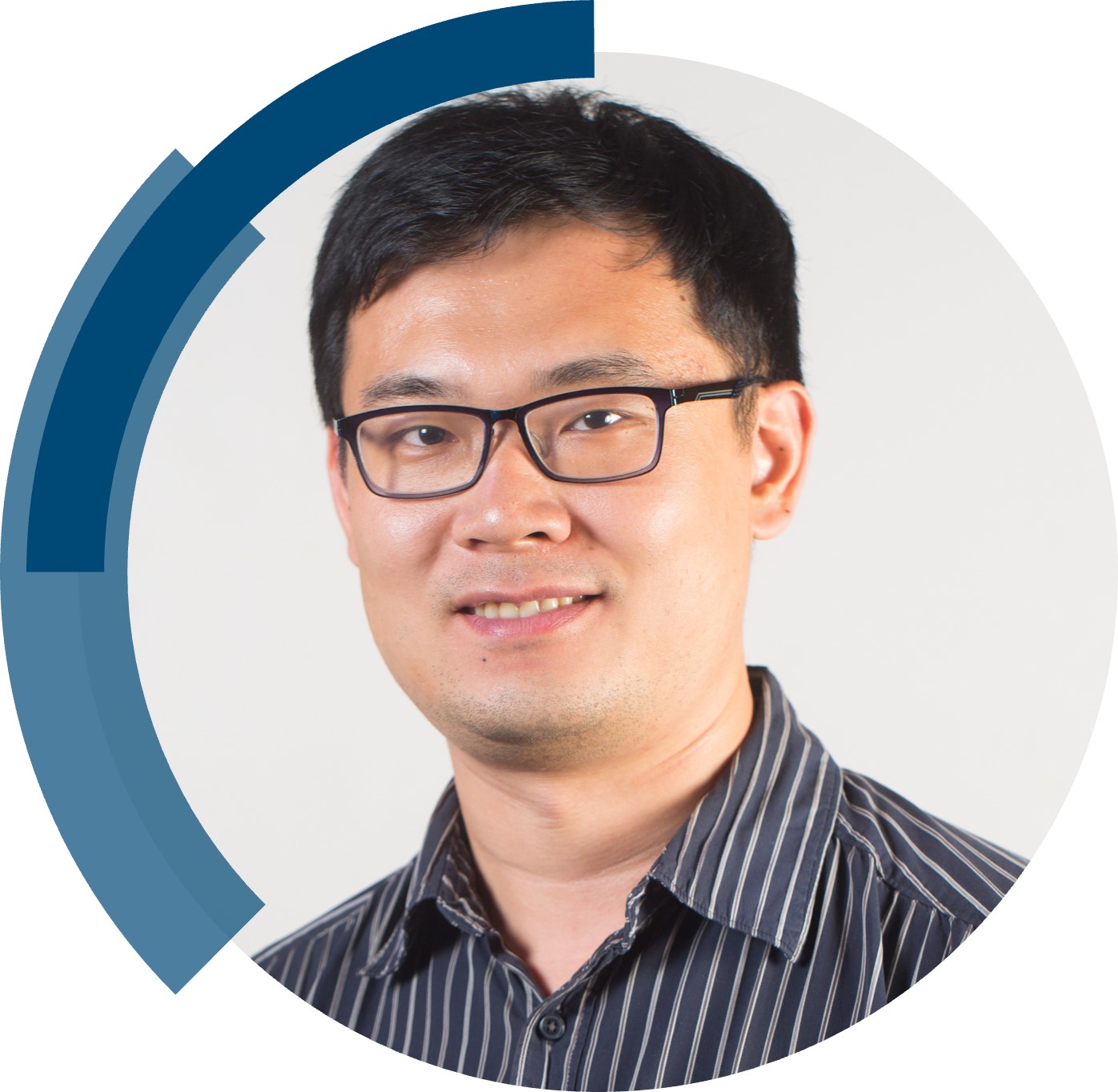ChemComm is publishing its 60th volume in 2024. Over the past 60 years, ChemComm has been the RSC’s most cited journal, and one of the most trusted venues for rapid publication of short communications. In our anniversary year, we recognise the important contributions ChemComm has made, and continues to make, in advancing the chemical sciences.
As part of our anniversary celebrations, we’ve brought together a collection featuring the latest research from some of our most loyal and dedicated authors. From those marking the beginning of their independent academic career by publishing their first article with us, to the rising stars and established leaders publishing in our yearly ‘Emerging Investigators’ and ‘Pioneering Investigators’ collections, this collection champions the contributions of our worldwide author community. We are proud many authors choose to support our journal by regularly publishing their best work with us. This collection also features papers from our ChemComm Emerging Investigator Lectureship winners, and our Outstanding Reviewer awardees, whose invaluable feedback has shaped our published content through the years.
To accompany the collection, we’ll be publishing interviews with contributing authors where they provide further insight into their research and reflect on their journey with ChemComm.
Check out our interview with Professor Robert Raja (University of Southampton, UK) below!
 |
Robert Raja is Professor of Materials Chemistry and Catalysis at the University of Southampton and co-founder and Chief Scientific Advisor of ViridiCO2, a spin-out company from the University. His career includes appointments at the University of Cambridge (1999-2006), Bayer Chemicals, Germany (joint appointment, 2001-2003) and Royal Commission 1851 Exhibition fellowship at the Royal Institution of Great Britain (1997-1999).
His current research activities are focussed on enabling the predictive design platform that he and his research group have developed for the discovery and design of single-site heterogeneous catalysts, which could be used in facilitating sustainable chemical transformations. Using innovative catalytic technologies, his group has developed industrial decarbonisation solutions for building a circular economy, through mitigating the use of fossil fuels and using alternate feedstocks, including CO2, for the production of renewable fuels and polymers. He has published over 200 research articles in peer-reviewed journals and is the co-inventor on 50+ international patents. His notable accolades include the 2020 Emerging Technologies Award in Energy and Environment, the Erskine Fellowship awarded by the University of Canterbury, New Zealand and the Barrer Award by the Royal Society of Chemistry ‘in recognition of outstanding contributions to preparative materials chemistry and their application to industrial catalysis’. |
How have you seen ChemComm evolve over the years, and what aspects do you find most noteworthy?
I published my first paper in ChemComm in 1998, when I started my postdoctoral research at the Royal Institution, as an 1851 Exhibition Fellow. We had two pages to communicate our findings and we did not have the option to include supplementary information (only print versions were available at that time). ChemComm was one of the first high-impact journals to move to the digital format, which gave authors four pages to highlight their research in the form of a Communication. Despite the increase in the number of pages, ChemComm still provided a rapid turnaround in reaching peer review decisions and were very quick to get our articles to the print form, which was noteworthy.
What is your favourite thing about ChemComm?
I still remember creating my first front cover for ChemComm back in 2001. This was a feature article titled “catalytic selectivity of porous oxides”, which I wrote with my supervisor, Prof Sir John Meurig Thomas. My colleagues at the Royal Institution helped me create an image that was a scientifically captivating, but Sir John was very particular about the background, layout and orientation. We did not have modern editing software at that time; but the production team created a fantastic front cover, which is still my favourite!
How would you describe the peer review process and interaction with the editorial team at ChemComm?
I think the peer-review process is fair and the editorial team do their best to ensure that an unbiased decision is reached, in case there are conflicting views on a paper. Author responses to reviewer comments are turned around quickly and I was impressed that the first publication of our accepted article (in this issue) was online within 24 hours.
Could you provide a brief summary of your recent ChemComm publication?
In this paper, we have probed a range of synthetic variables and mapped this to the structural, spectroscopic and textural characteristics of our catalyst, which we have recently developed for the conversion of CO2 to sustainable marine fuels such as DiMethyl Ether (DME). Instead of presenting our findings in the traditional manner, as a full paper, we developed a multidimensional correlation matrix, which can concisely and visually show the influence of the synthetic variables on the structural features of the catalyst and how this can impact the overall catalytic performance. The structure-property correlations that can be derived using this approach will enable the rational design of catalysts, thereby reducing laborious, trial and error efforts in the laboratory. Credit should be given to my PhD student, Maciej Walerowski for leading on this.
In your opinion, what are the next steps or potential areas of research that could build upon the findings in this paper?
We will be extending this approach to some of the other projects that we are currently pursuing and validate the scope and wider potential of the correlation matrix for improved catalyst design. This could be integrated into the predictive design platform that we have recently developed for the discovery of new and improved catalysts. The global DME market is set to double to $8.8 billion by 2030 and we will be working closely with the maritime transport sector to meet their ambitious net-zero targets.
Be sure to read Robert’s #OpenAccess article, “Rationalising catalytic performance using a unique correlation matrix” to learn more!












